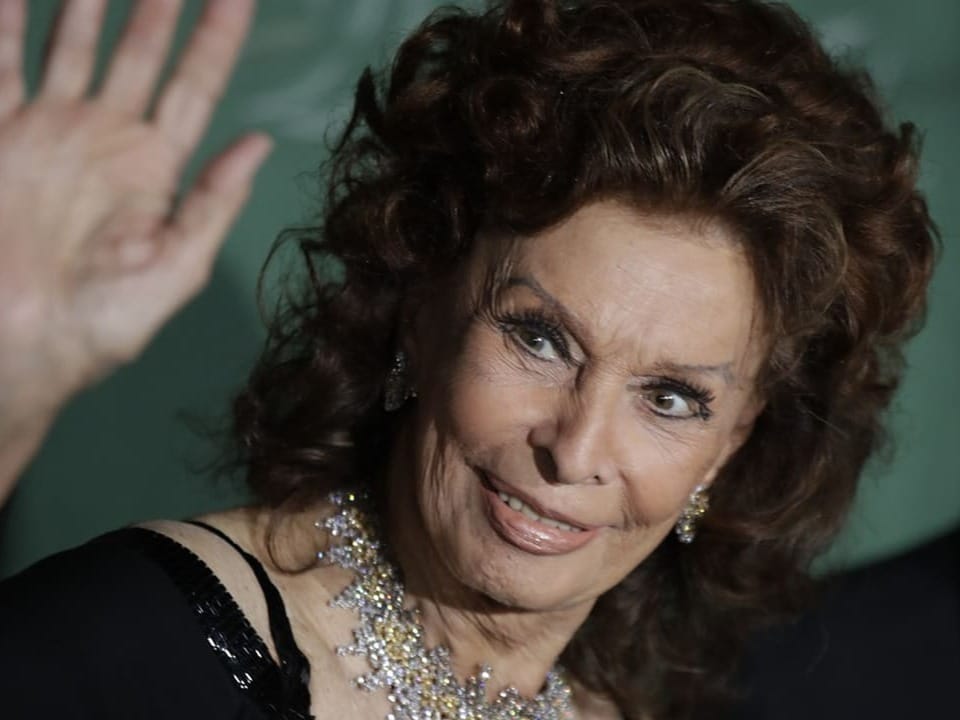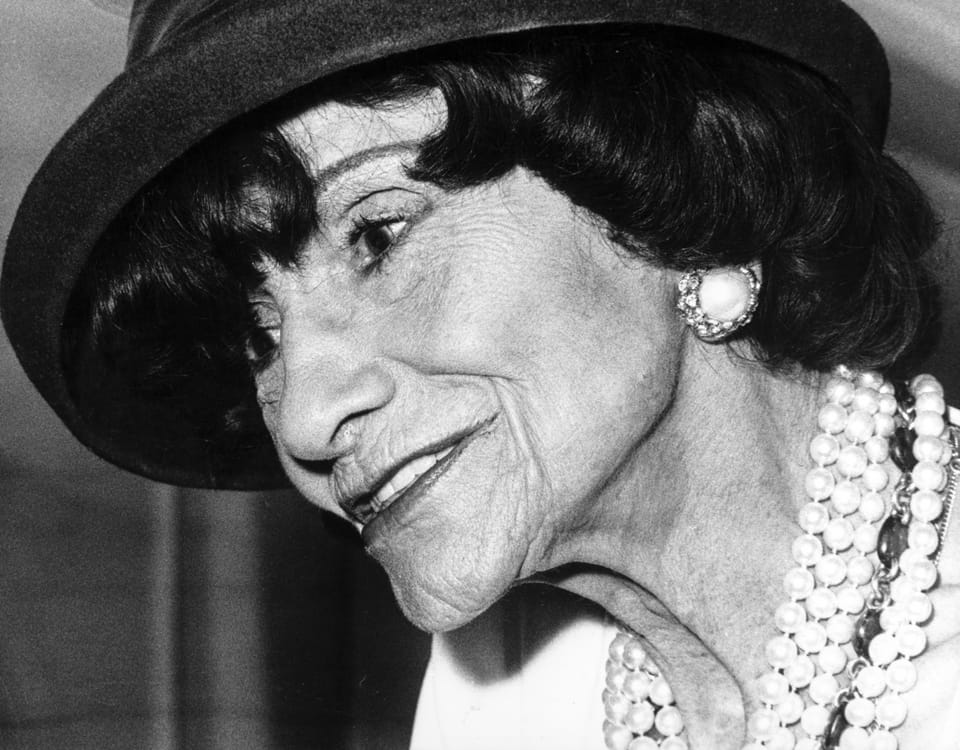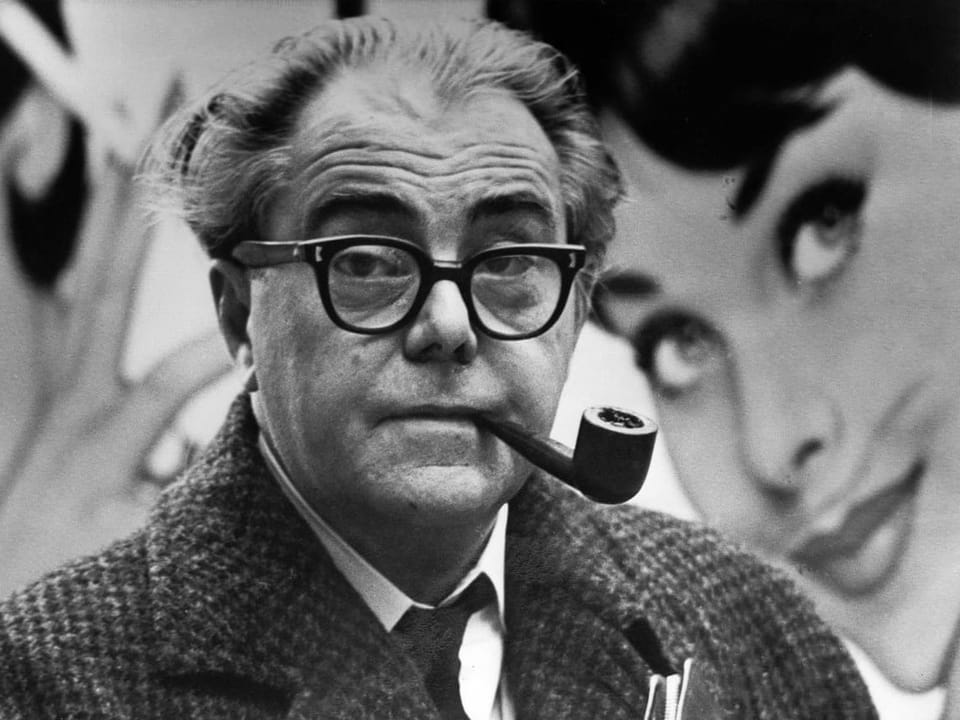Long before it gets light, Rita de Cacio is already out with her brush. “The dust eats into everything, especially into the fine cracks in the picture frames. “I can’t do anything with an ordinary rag,” says the governess, who makes sure everything in the Kronenhalle restaurant is sparkling clean.
Legend:
Rita de Cacio is a governess in the Crown Hall.
SRF
They pay particular attention to the numerous works by important artists that make this inn in downtown Zurich a legendary place. So sauce splashes on a Mirò or Picasso are to be expected, the more thorough the daily care is.
On her daily rounds, Rita sometimes bows to the life-size portrait of Kronenhalle founder Hulda Zumsteg: “I make a special effort with her – after all, we have her to thank for all of this.”
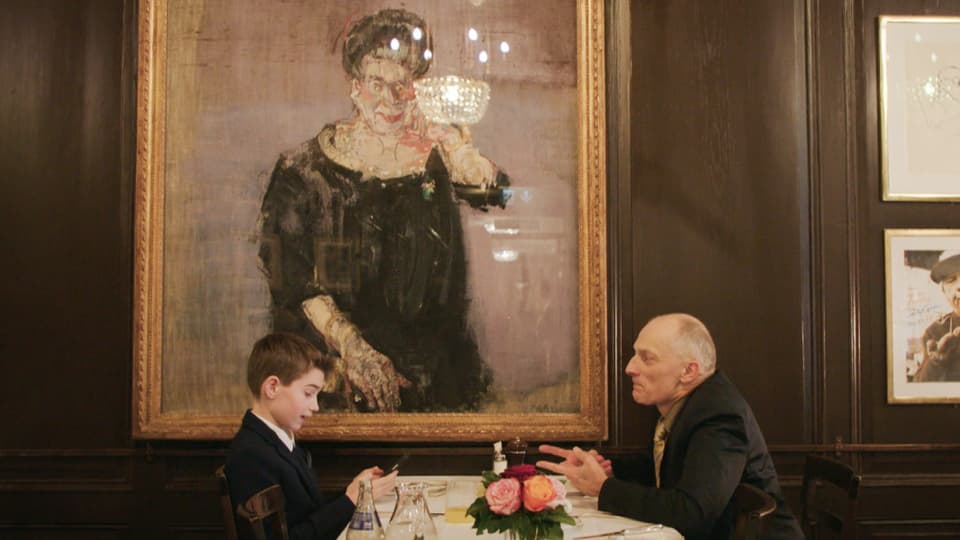
Legend:
The space under the Varlin portrait of Kronenhalle founder Hulda Zumsteg is particularly popular with guests.
SRF
At the same time as Rita de Cacio, Peter Schärer is already at work two floors below. The chef wants to be there when the orders arrive. For good reason, he thinks: “It can happen that I’m already angry before 8 a.m. Like today, for example, when instead of 40 kilos of scampi, only 4 kilos are delivered.”

Legend:
Chef Peter Schärer personally promised former owner Gustav Zumsteg that he wanted to continue running the restaurant according to old traditions.
SRF
Schärer has been cooking in the Kronenhalle for over 30 years and knows exactly what his guests want.
Seeing and being seen – that’s part of it here.
«It’s clear to me that many people don’t come primarily because of the food, but because of everything surrounding it. Seeing and being seen – that’s part of it here.” At the beginning of his career, this sometimes bothered him; after all, cooking was his passion.
But Schärer has long since reconciled, his love for “his” Kronenhalle runs deep: “I personally promised Gustav Zumsteg, the late owner, that I would honor his legacy.”
Fine drops
The dignified ambience, the valuable art and the perfect service come at a price: anyone who stops by the Kronenhalle has to be prepared for a hefty bill. The scale of wine prices is also open to a certain extent.
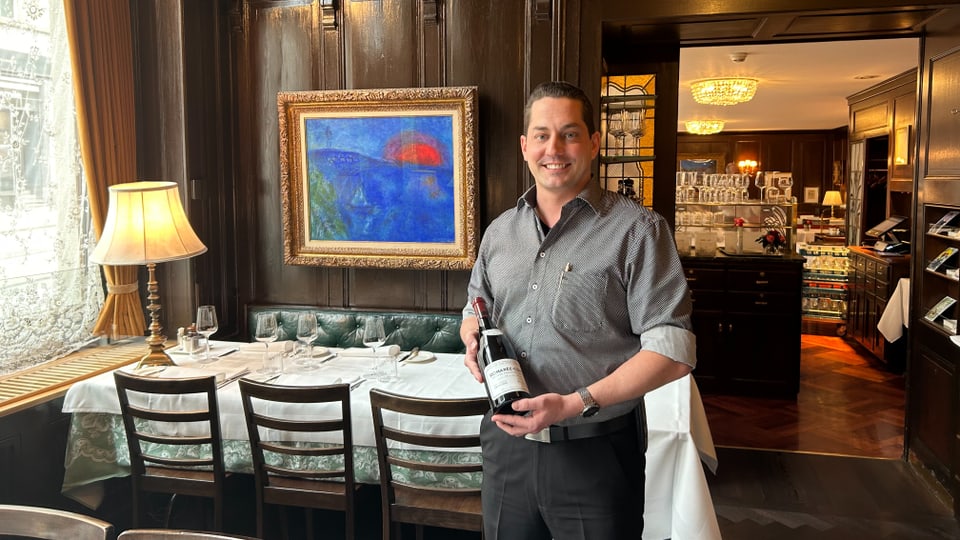
Legend:
The most expensive bottle in the Kronenhalle range costs 23,000 francs.
SRF
The most expensive bottle currently on offer costs a whopping 23,000 francs.
Fabian Brunori, the deputy buyer, answers the question of proportionality diplomatically: “Everyone has to decide for themselves what a wine is worth to them.”
In any case, the demand exists. Wines from the same producer for 7,500 francs are sold several times a year and champagne for 1,900 francs per bottle is also sold.
Popular brasserie
Shortly before 12 noon the entrance to the brasserie becomes crowded. “We always open a few minutes earlier,” laughs Dominique Godat. The Bernese is the managing director here. After working as a director at the St. Moritz Hotel Kulm or the Moscow Metropol, he moved to the Limmat in 2019.
After restaurant manager Julia Scussel has briefed the staff for the upcoming lunch service, Godat opens the doors: “Welcome to the Kronenhalle.”
If you haven’t reserved a seat, you have little chance of getting a table, especially not in the most popular part of the restaurant, the brasserie. “It’s like playing Tetris,” says the restaurant manager, “it’s almost impossible to fulfill everyone’s wishes. There are guests who send us a sketch of the table they would like to sit at.”
The place under the large portrait of Hulda Zumsteg, which the Swiss artist Varlin painted in 1967 at the instigation of Gustav Zumsteg, or the one near Marc Chagall’s sunset is particularly sought after.
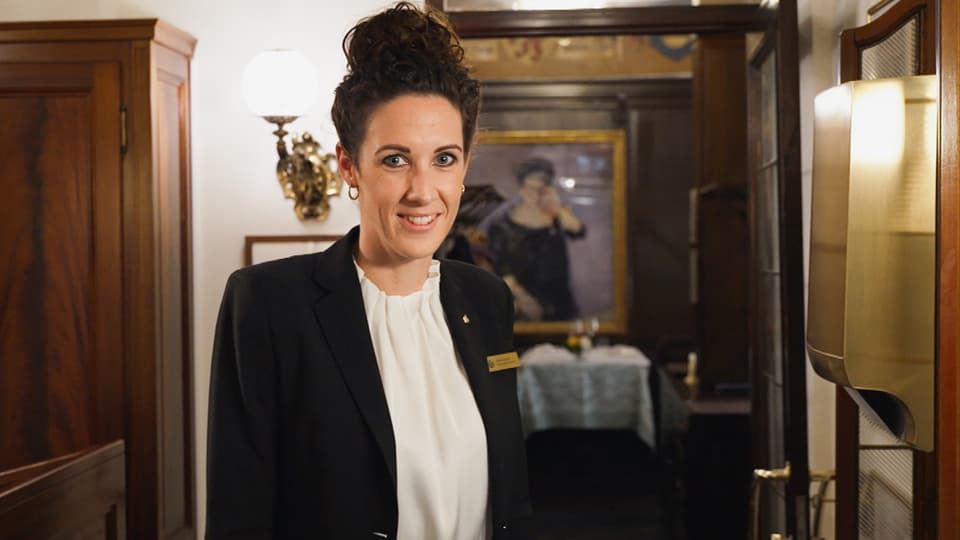
Legend:
As restaurant manager, Julia Scussel is responsible, among other things, for seating guests.
SRF
By the way, Julia Scussel’s name tag also shows her title as restaurant manager herself. The more conservative clientele is used to men as bosses and often saw them as assistants or ushers as a matter of course.
“Like a family”
Robert Zeller is the only relative of the founding Zumsteg family who still works in the Kronenhalle. He trained in the kitchen here 40 years ago and now works as a sous chef.
He loves his work, but he wouldn’t feel comfortable in a restaurant as a guest. He is a down-to-earth person, he says, who cracks oysters for his exclusive guests with great skill, but who also likes to eat “Gschwellti” or sometimes a Cervelat.
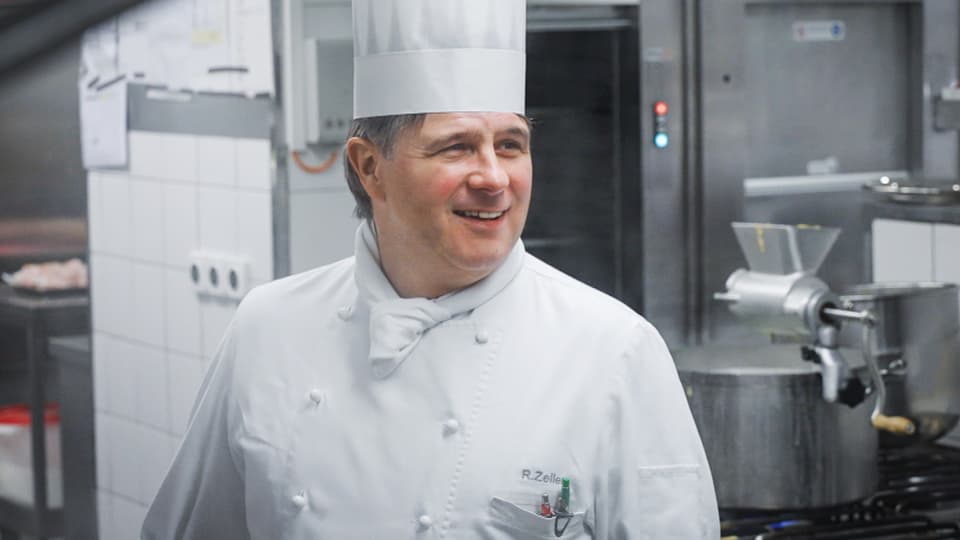
Legend:
Chef in the Kronenhalle for 40 years: Robert Zeller is Hulda Zumsteg’s great-nephew.
SRF
The relationship with his great-aunt Hulda Zumsteg never brought him any advantages; it was rather unpleasant for him, he remembers.
These famous guests dined in the Kronenhalle
Even without family ties: employees often use the term “family” when they talk about their employer.
On the one hand, this is reflected in the fact that many of them have been working in the Kronenhalle for decades. There is also obviously a great bond in the team, also thanks to the noticeable commitment to the legacy of the founders.
Even today we close the drawers very carefully because we know that Gustav Zumsteg couldn’t stand the noise.
“It goes into the DNA,” says Natasha Djukic. She has been working in service as Chef de Rang for ten years. “Even today we close the drawers very carefully because we know that Gustav Zumsteg couldn’t stand the noise.”
The guests are just as loyal as the employees. Several hundred regular guests come and go in the Kronenhalle.
So regularly that the kitchen crew sometimes even gives them nicknames – it’s self-explanatory why one of them is called “Broccoli”. It goes without saying that poached salmon with broccoli and spinach is served to him, even if the kitchen is actually closed after 10 p.m.



